An Illustrated Introduction to Speciation – Cornell Lab of Ornithology (2013)
Cornell Bird Lab produced a series of quite friendly short video programs to provide a scientific explanation for how new species have evolved (and are evolving). Indeed, how did 39 different bird of paradise species grouped in 15 genera evolved from one humble crow-like ancestor over 20 million years? At the heart of the story lies the biological species definition which is one of the many definitions biologists have derived for the species concept. Long-distance movement is a prerequisite for […]

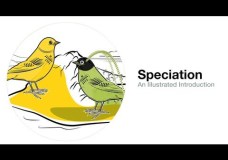
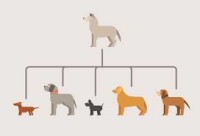
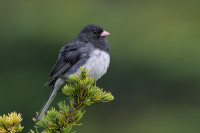
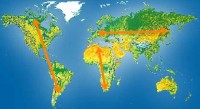
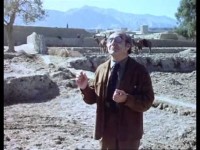
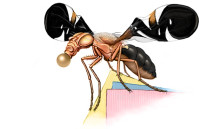
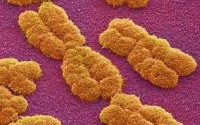
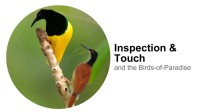
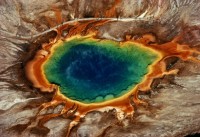
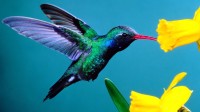
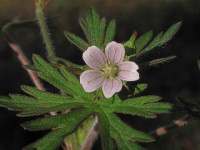
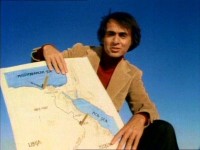
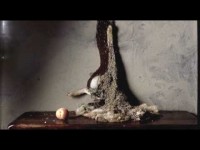
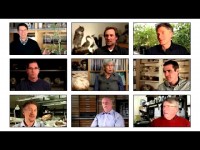

Recent Comments